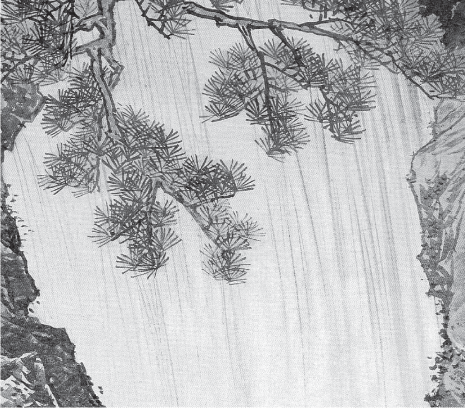The Study of the Images of “Waterfall” by Japanese Artists from the 18th Century to the Present Time
DOI:
https://doi.org/10.69598/sbjfa241002Keywords:
Japan, Edo, Ukiyoe, Waterfall, Abstract PaintingAbstract
This article explains the meanings of waterfall according to a Japanese belief and points out that realistic images of waterfall were developed to have an abstract quality from the era of Edo to the present time. Examples include 5 high-profile artists along with their brief biography. Comparative analysis is applied to identify the artists’ imagery transformation from the realistic quality to the abstract one; however the meaning of narratives appearing in the images is unchanged. Additionally, the continuous development of style is explored. The result of group comparison reflects the outstanding and creative characteristics of each artist. Some artists’ development was random. However, some artists applied Western influence into their works. Japanese artists remained the characteristics of Japanese-ness as this reflects their respect to predecessors, and at the same time applied Western influences in order to invent their new individual style. This article is hoped to help audiences of waterfall images to have a wider perspective and entertaining feelings for their next gallery and museum visits, as they gain more understanding of narratives and composed elements appearing on the images.
Downloads

Downloads
Published
How to Cite
Issue
Section
License
The journal's editorial team does not have to agree with the views and comments in the author's article, nor are they responsible for the comments.











